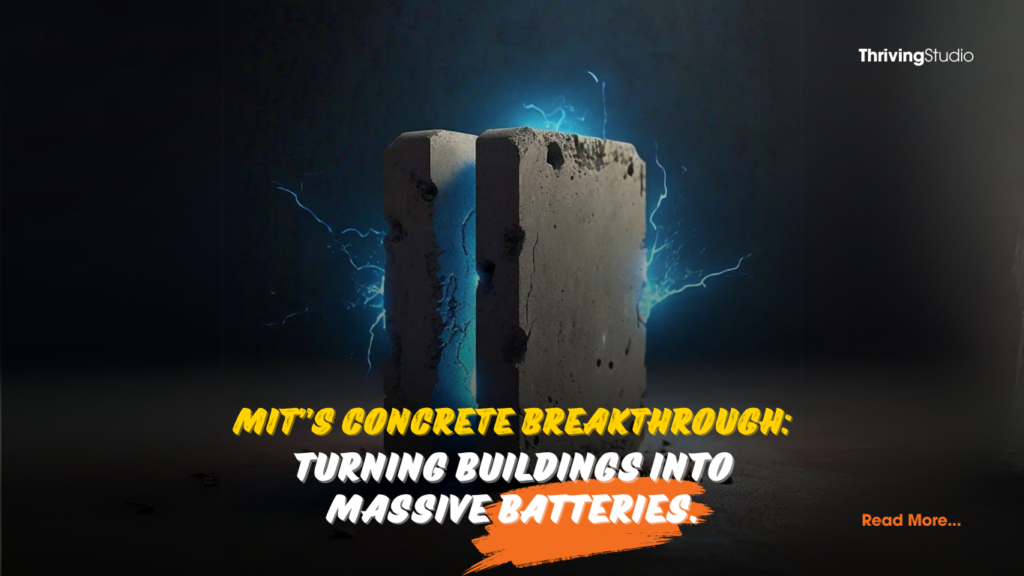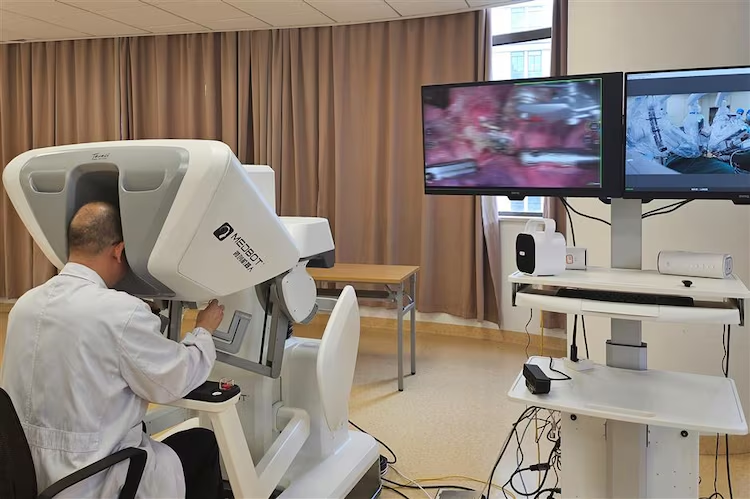Introduction
Imagine a future where the foundation of your home stores energy. MIT engineers are making this a reality by transforming simple, ancient materials like cement and carbon black into advanced supercapacitors. This revolutionary approach could reshape energy storage, making it more sustainable and affordable.
What is a Supercapacitor?
Supercapacitors are devices that can store and quickly release large amounts of energy. Unlike traditional batteries, they consist of two conductive plates separated by an electrolyte, allowing them to charge and discharge rapidly. This makes them ideal for applications requiring quick bursts of energy.
The Breakthrough Process
The MIT team combined cement, carbon black, and water to create a unique composite material. As the mixture cures, water forms a network of tiny channels that become filled with carbon. This process creates a material with an extremely large surface area within a small volume, enhancing its ability to store energy. The material is then soaked in an electrolyte, allowing it to function as a supercapacitor.
Why It Matters
- Cost-Effective: The materials used are inexpensive and readily available, making this technology accessible and scalable.
- Environmentally Friendly: By using common materials, this innovation reduces the reliance on rare and expensive resources like lithium, which are typically used in batteries.
- Scalable: This technology can be scaled up to meet the energy storage needs of various applications, from small devices to large infrastructure projects.
Real-World Applications
- Renewable Energy Storage: These supercapacitors can store energy from renewable sources like solar and wind, ensuring a stable power supply even when production fluctuates.
- Infrastructure Integration: Imagine roads and buildings that not only serve their primary functions but also store and supply energy. This technology could be embedded into the foundations of homes or the surfaces of roads, providing a seamless energy storage solution.
Future Prospects
The potential applications of this technology are vast. The MIT team envisions integrating these supercapacitors into the foundations of buildings, providing a day’s worth of energy storage without compromising structural integrity. They also foresee concrete roadways capable of wirelessly charging electric vehicles as they drive over them.
Conclusion
MIT’s innovative use of ancient materials to create supercapacitors is a game-changer for energy storage. This sustainable, scalable, and cost-effective solution holds promise for a future where energy storage is seamlessly integrated into our everyday infrastructure. As the team continues to refine and scale up their prototypes, the possibilities for this technology are endless.
For a deeper dive into this exciting innovation, check out the Full Article on MIT News.


